Best 15 Tips to Save Money on Food
Prices on everything have been increasing and I wanted to share my top 15 tips for how you can save money on food to feed your family.
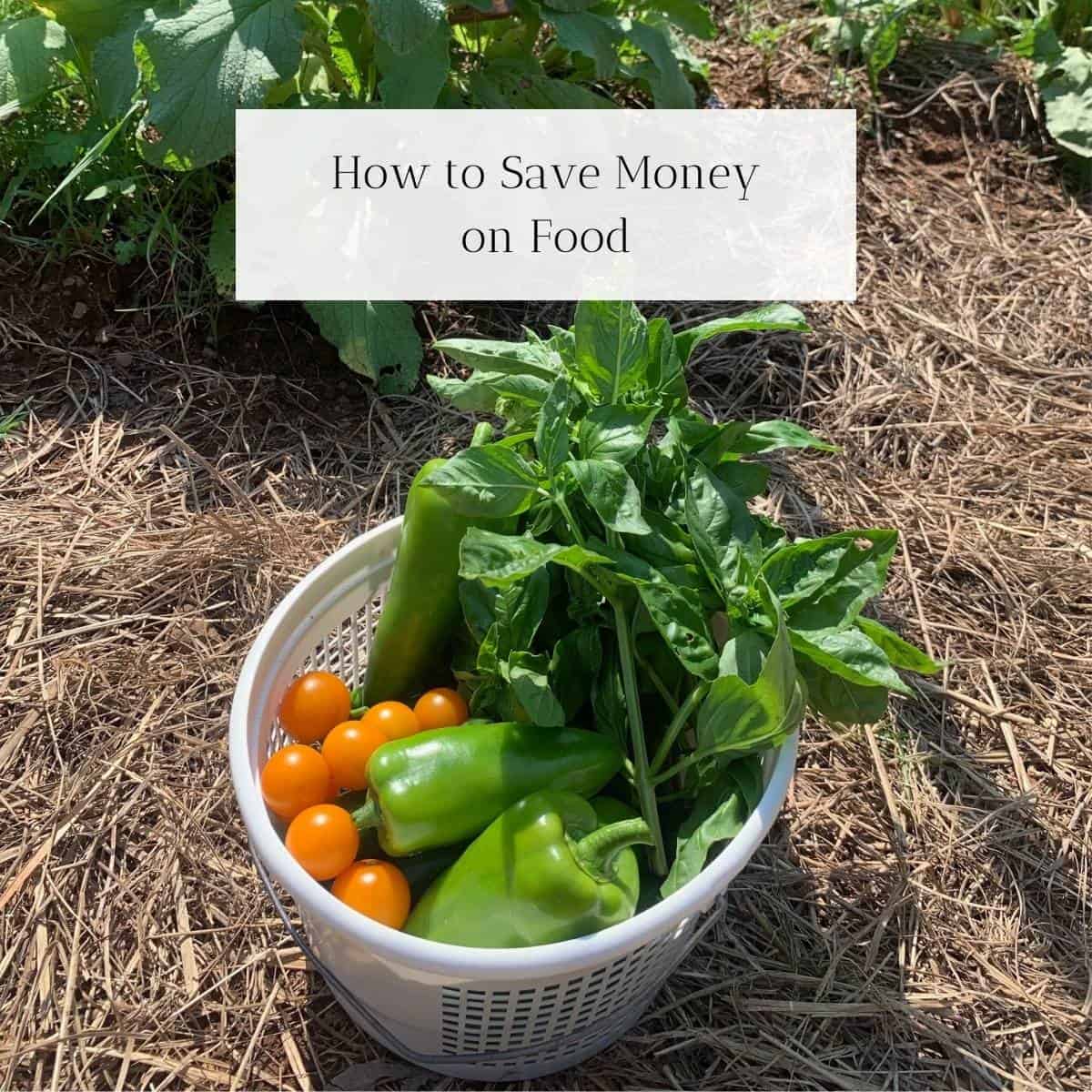
Sometimes we need to stretch our dollars to pay for gas, electricity, water, shelter, or other essentials. This might mean you need to shrink your food budget in order to pay for other essential things. If you find yourself in this situation, I want to encourage you to be creative and think of ways to save money.
Dave Ramsey has a wealth of knowledge on his Ramsey Solutions website and Ramsey Show YouTube channel, and I agree with his perspective on finances. His Baby Steps for getting out of debt and building wealth is super-helpful.
Dave recommends a 3 to 6-month emergency fund for your finances and I recommend a 3 to 6-month emergency food supply.
Being prepared is always a good idea. But we want to prepare in wisdom and not in fear. If you know that your job situation is going to change, or if you have a big life change coming up, prepare for the season you will face.
This post contains affiliate links. As an Amazon Associate I earn from qualifying purchases. That means I make a small commission at no cost to you if you place a qualifying purchase through any of the links. Read my full disclosure here. Thanks for your support!
Best 15 Tips to Save Money on Food
My top 15 tips to save money on food is:
- Eat what you have and don’t waste anything.
- Save your “scraps.”
- Cook at home. Don’t eat out. Pack lunches.
- Buy in bulk.
- Hunt for your own meat during hunting season.
- Don’t buy expensive things to drink.
- Make your own condiments, vinegars, and extracts.
- Grow your own fruit, vegetables, herbs, and protein.
- Get creative with cheap ingredients.
- Preserve your excess.
- Shop where the Amish shop.
- Shop at “Bent and Dent” or “Discount/Surplus” grocery stores.
- Make a meal plan to use up what you have.
- Shop alone.
- Buy generic brands instead of name brands.
1. Eat what you have and don’t waste anything.
It may seem like a no-brainer, but when you’re trying to save money on feeding yourself and your family, don’t waste anything. Eat what you already have in your pantry, freezer, and refrigerator.
If you have some vegetables that are past their prime, cook and eat them or stick them in the freezer to use later.
I’m a fan of using soups as a vehicle to get all the vegetables used up. If you don’t want to make chunky vegetable soup, you can make creamy vegetable soup to hide them.
Some smoothie recipes even call for using frozen vegetables along with frozen fruit. And don’t forget to make Shepherd’s Pie to use up leftover bits of meat and vegetables!
Try not to throw away any food. I saw a heartbreaking statistic that on average, the world throws away one billion tons of food per year.
If you are lucky enough to have some fruit trees and bushes growing where you live, be sure to harvest the fruit before they rot!
Foraging for edibles is a great way to save money on food. But be sure that the edibles haven’t been sprayed with any nasty chemicals or wash them really well before you eat them!
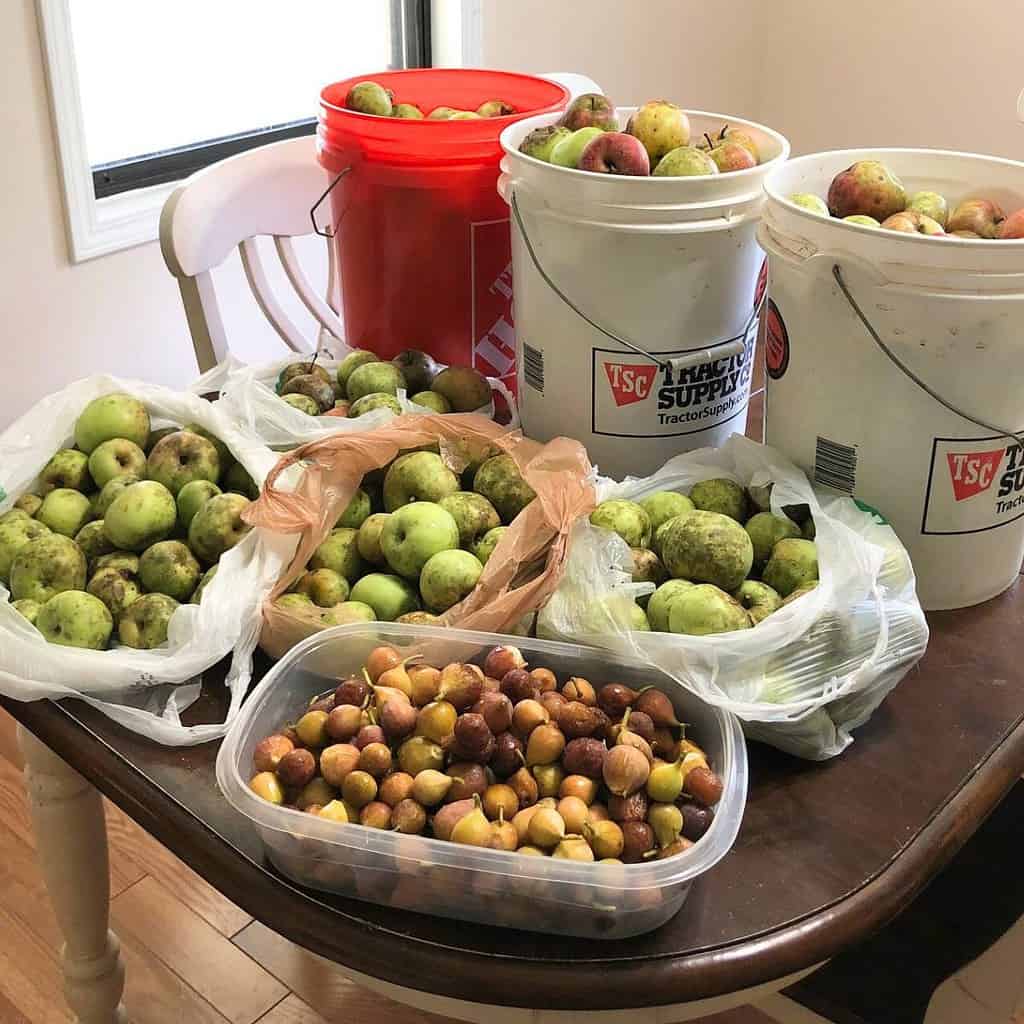
2. Save your “scraps.”
Make sure you save your meat bones and vegetable peelings to make rich, nutrient-dense bone broths. This includes onion skins, garlic skins, carrot bits, celery roots and tops, etc. I share how I make nutrient-dense chicken bone broth in this post.
Also, save the fat from your meats. If you cook sausage or bacon, save the fat in your refrigerator to cook with later. Instead of using butter or oil to cook eggs, use the sausage or bacon fat…it’s delicious! It’s also delicious for making gravy or to flavor boiled vegetables.
Additionally, cut off any chunks of raw fat from meat you plan on cooking and render it down to bake with later. This will save your butter and oil for other uses.
This includes cutting the fat off of poultry, pork, beef, and venison. You can save the fat and render it down separately (pork fat makes lard, venison and beef fat make tallow, poultry fat makes schmaltz).
I wrote a post on how to make and use schmaltz, if you’re interested. Also, if you want to make your own lard from pork fat, check out my post How Long Does Homemade Lard Last in the Fridge?
You can mix the fats and render them all down together if you don’t want to keep them separate. If you don’t have the time or enough fat to render, stick it in freezer bags, label it, and store them in the freezer until you accumulate enough or have the time to render it down.
You don’t need to be scared to use traditional and healthy animal fats. And don’t forget to save your fruit scraps!
You can make homemade vinegar with any fruit scraps, but you can also make jelly from fruit scraps. I use apple scraps to make apple scrap vinegar if you want to learn more.
You can also save your peach and plum scraps, apple cores, and cherry pits to make delicious jelly. Check out my posts for making reduced-sugar apple jelly that I make from apple scraps!
Freeze the scraps until you accumulate enough for a batch of jelly or vinegar.
3. Cook at home. Don’t eat out. Pack lunches.
While this does take some planning, one of the simplest ways to save money on food is to cook all your meals at home, eat at home, and don’t go out to eat. Also, pack your lunch and take homemade snacks when you leave your house.
It’s easy to be tempted to go through a drive-through when the kids tell you they are hungry after playing sports, but giving them healthy, homemade snacks is better for their bodies and your wallet!
What works for my family may not work for your family, but I like to make large suppers and then portion them into single-serve meals when I put them away (either freezing them or keeping them in the refrigerator). This creates easy-to-grab lunch meals.
Also, I like to have quick snacks available any time I leave the house…especially with the kids.
This includes snacks like bananas, apples, carrot sticks, and orange slices. Homemade popcorn (made on the stove using real popcorn kernels) and granola also make great snacks on the road!
Check out my post where I walk you through how to bake your own homemade bread. Grocery store prices on bread have shot up and there’s almost no nutritional benefit to eating such highly processed bread. Make your own bread instead and save money along the way!
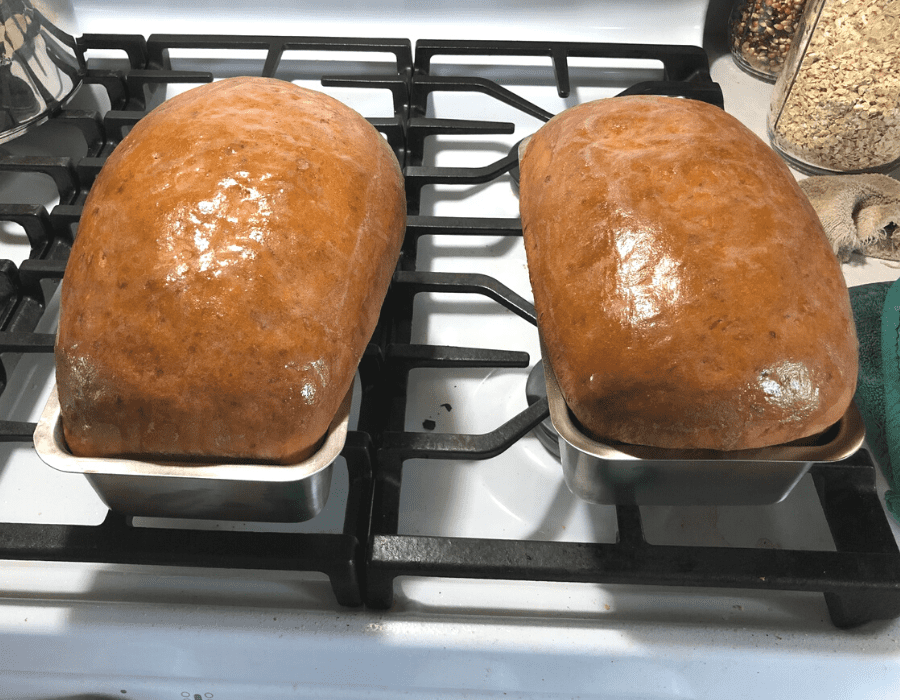
4. Buy in bulk.
If there is something that you know your family eats and enjoys, shop around for bulk deals which are often available at a discount.
I’m talking about staples and ingredients that are REAL food and not processed, boxed foods. Think meat, pasta, dry beans, rice, oatmeal, potatoes, carrots, apples, avocado oil, maple syrup, popcorn kernels, etc.
Start out slowly and build up your supply over time…especially if your budget is limited. Here are some places I buy in bulk.
Azure Standard
We buy food in bulk from Azure Standard, which is a natural health food distributor in Oregon. It’s basically a huge farm.
They have a robust network of truck routes that bring healthy food to cities nationwide. It’s free to order food and join “drop points” that are local to you. Then everyone in the group shares the cost of delivery in proportion to their order total.
My closest drop point is an hour away, so I generally only order food every 3 to 4 months instead of going monthly.
If you’re just starting out and your budget is limited, you may need to order just a couple of items in bulk every month until you get your 3 to 6 months of emergency food stored away.
My Shop page lists our favorite foods and ingredients that I routinely buy from Azure.
Storage for bulk dry goods should be done in food-grade buckets or something similar. Mylar bags are also important if you want to store foods for more than one year.
If you use buckets, go with the gamma-seal lids to make your life easier. The screw tops are so much easier for getting in and out of your buckets!
I want to encourage you to check around your local hardware store. You might be surprised to find 5-gallon food-grade buckets for cheaper than you can find online!
Farmers Markets
With grocery prices on the rise, farmers markets are becoming more popular. Get to know the farmers at your local market and ask for their seconds or leftover produce and see if you can get it for a bulk discounted price. They will often give you a good price on bulk produce.
5. Hunt for your own meat during this hunting season.

This section is for meat eaters. It may not be popular depending on where you live and you may not have a tradition of hunting for your meat, but it really is the cheapest way to get meat on your table and in your freezer.
This hunting season, I hope you’ll consider filling your freezer with venison so that you won’t have to pay grocery store prices for meat. The bonus here is that your meat will be as natural and organic as it gets. Plus, if you choose to be your own butcher, it’s a great skill to have and it saves tons of money!
The national forest and wildlife management areas are places where it’s legal to hunt as long as you have a hunting license, so check your state laws.
Also, most management areas require some type of fee or a stamp on your hunting license. Group hunting is dangerous, so always have a plan if you’re hunting in a management area so that others will know exactly where you will be hunting and what time to expect you back.
Most states also require you to attend a hunter safety education program.
If you have children in middle school, conservation camps are similar to 4-H camps during the summer. The camps teach children about hunting and firearm safety among other things.
6. Don’t buy expensive things to drink.
Don’t buy expensive cans or bottles of drinks. Instead, make your own beverages like tea, juice, or just drink water!
Our Berkey water filter is the best-tasting water I’ve ever had, and it filters out all of the forever chemicals like PFAS. You can read more about water filter testing on the Environmental Working Group’s guide to PFAS water filters.
When you leave the house, take a reusable bottle filled with your favorite drink that you’ve made at home.
If you have your own dairy animal, milk is also a great alternative. Smoothies are also fun for the kids and a great way to use up some leftover fruit and milk or yogurt. You can also turn your extra smoothie drinks into fun popsicles by pouring the smoothie into a popsicle mold!
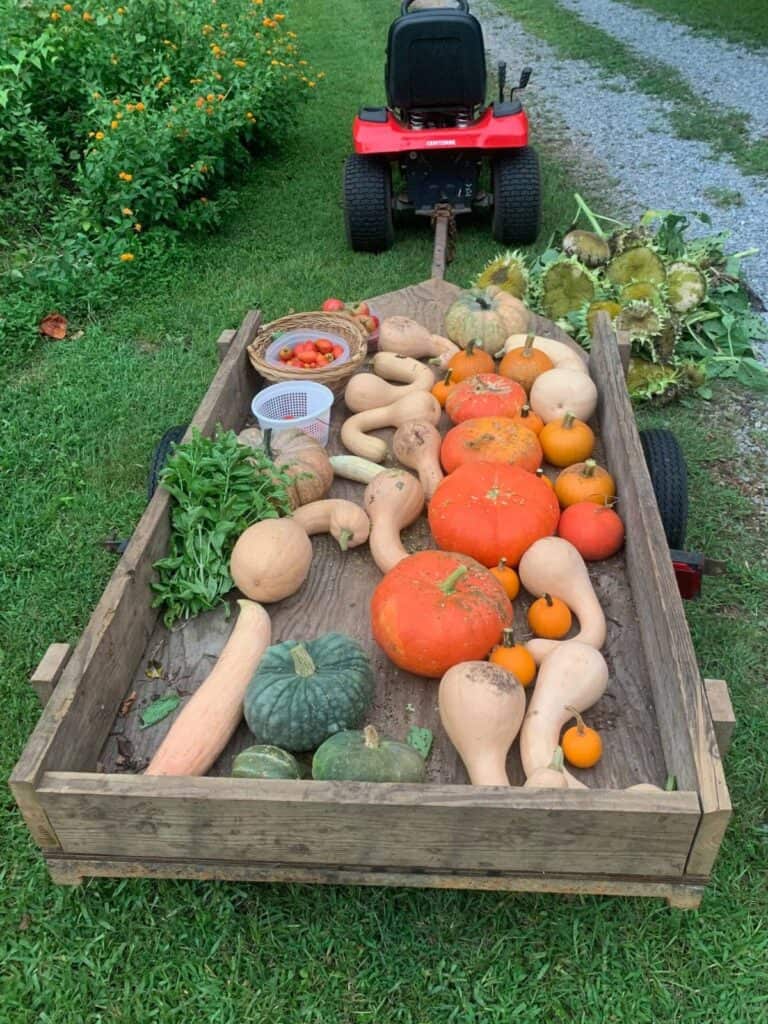
Grow your own tea, too! Lemon balm makes a wonderful tea along with peppermint and chamomile.
7. Make your own condiments, vinegars, and extracts.
Make your own condiments, vinegars, and extracts so you can avoid paying the convenience fee that grocery stores charge. It really adds up!
Mayonnaise takes about 30 seconds to make if you have a fresh egg, oil, some salt, lemon juice or vinegar, and mustard.
Also, make your own extracts and vinegars. They are so easy to make and will save you tons of money.
We go through a couple of liters of homemade vanilla extract per year and making it myself saves us so much money. Plus, homemade extract is a better quality than is even available in our local grocery store that has additives and fillers!
8. Grow your own fruit, vegetables, herbs, and protein.
Once you get a supply of nonperishable food, start growing your own fruit, vegetables, herbs, and protein to save even more money.
There are a lot of seeds that will produce herbs and vegetables very quickly. Since seeds can get expensive, go in with a friend to split the seeds and the purchase cost. Or look around to see if you have a seed library near you.
You can use a seed exchange company to get free seeds sent to you! As a condition of getting the seeds, the companies generally request that you save some of the heirloom seeds at the end of the season to send to other people.
You might also have a neighbor willing to part with some of their seeds. Don’t be afraid to ask!
If you’re allowed to keep some backyard chickens, I highly recommend getting enough hens to meet your family’s needs. They will eat your kitchen scraps and bugs in your yard, and provide you with about an egg a day generally.
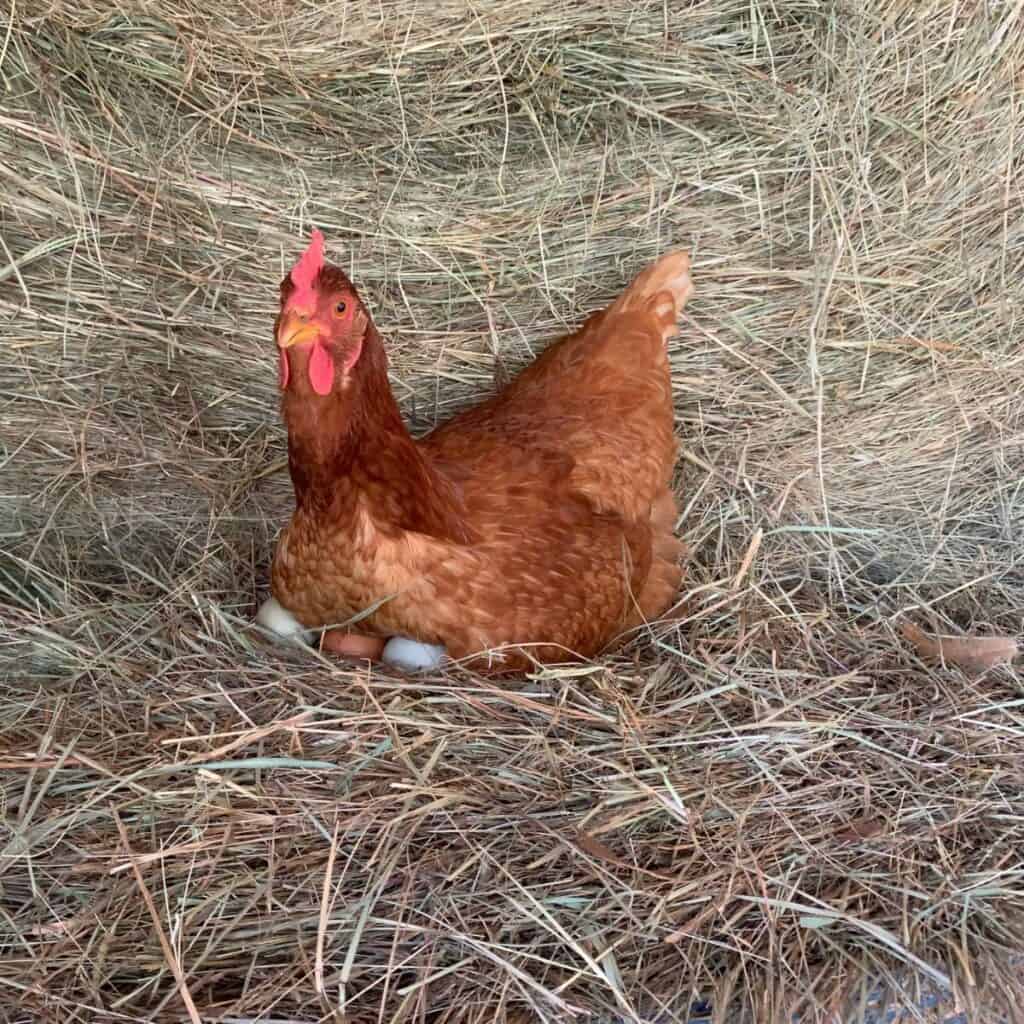
9. Get creative with cheap ingredients.
Buy cheap cuts of meat and find creative recipes that use cheap ingredients.
You don’t need to buy filet mignon if you can’t afford it. Instead, choose skirt steak or flank steak. Or skip the steak altogether and go with chicken or beans for your protein!
Rice and beans are just about as cheap a meal as you can get (unless you grow your own food).
10. Preserve your excess.
Preserve your excess produce and meat before it goes bad. Waste not, want not.
Freeze, can, and dehydrate fresh produce that may have accumulated in your pantry or on your kitchen counter. If you are able to grow any of your food, you’ll probably have a bumper crop of something this year that you weren’t expecting.
Freeze that extra zucchini by shredding it up and putting it in freezer bags by the 1-cup and 2-cup measure. That’s the perfect size for making some zucchini bread later.
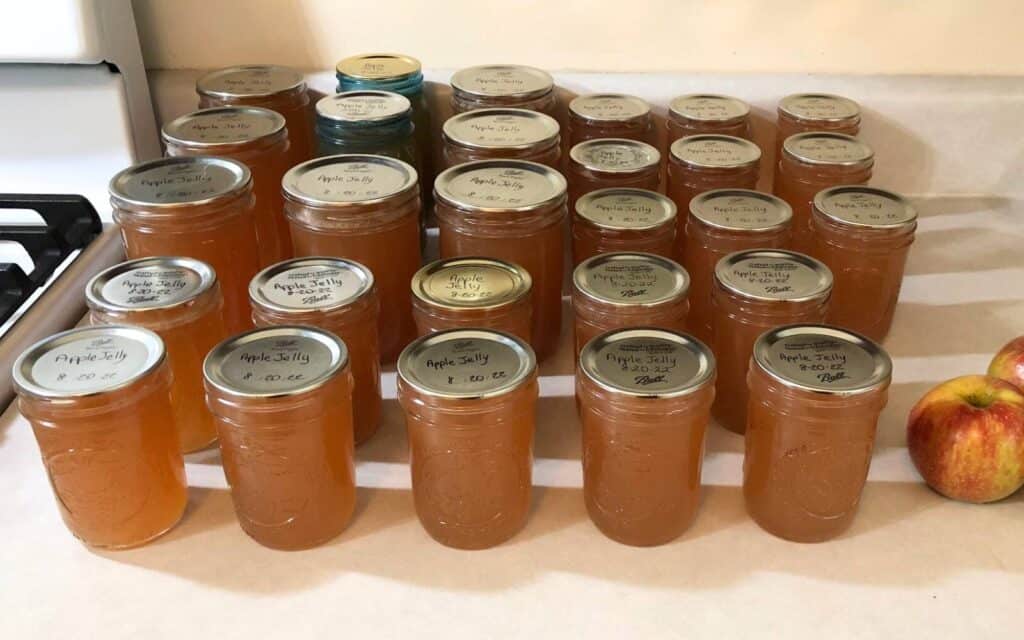
11. Shop where the Amish shop.
If you live near an Amish community, chances are there is a large grocery store where you can buy goods at a discount. Search on the internet or seek out Facebook groups to see if there are any Amish communities near you.
12. Shop at “Bent and Dent” or “Discount/Surplus” grocery stores.
You can get groceries at “Bent and Dent” or “Discount/Surplus” stores for a fraction of the cost of regular grocery stores. That’s because the shipping boxes got damaged in transit.
The goods are generally in very good shape, but they are sold at big discounts usually.
13. Make a meal plan to use up what you have.
Make a meal plan to be intentional and use up what you have. For example, if you find that you have a lot of dried beans, set up a plan to use the beans in different ways.
You can make chili one night. Then make tortillas with bean dip one night. You can also make veggie burgers using the beans. And you can always puree the beans and add it to soups and stews without your family noticing they’re having beans once again.
Get creative on how you can use your ingredients.
14. Shop alone.
Shop alone and don’t bring the kids to the grocery store if you can avoid it. It’s hard to tell sweet little faces ‘No’ when they ask for the latest sugary treat that is devoid of nutrition.
Save your heartaches and their toothaches by shopping alone.
15. Buy generic brands instead of name brands.
When you’re on a budget, don’t be stubborn about using name brand foods vs the generic option. The flavor may not be exactly the same, but sometimes it’s close enough to appreciate the cost savings.
I’ve found that a lot of the time, the generic brands ARE the same as the name brands, though. It’s exactly the same product but with a different label.
Pin It For Later!
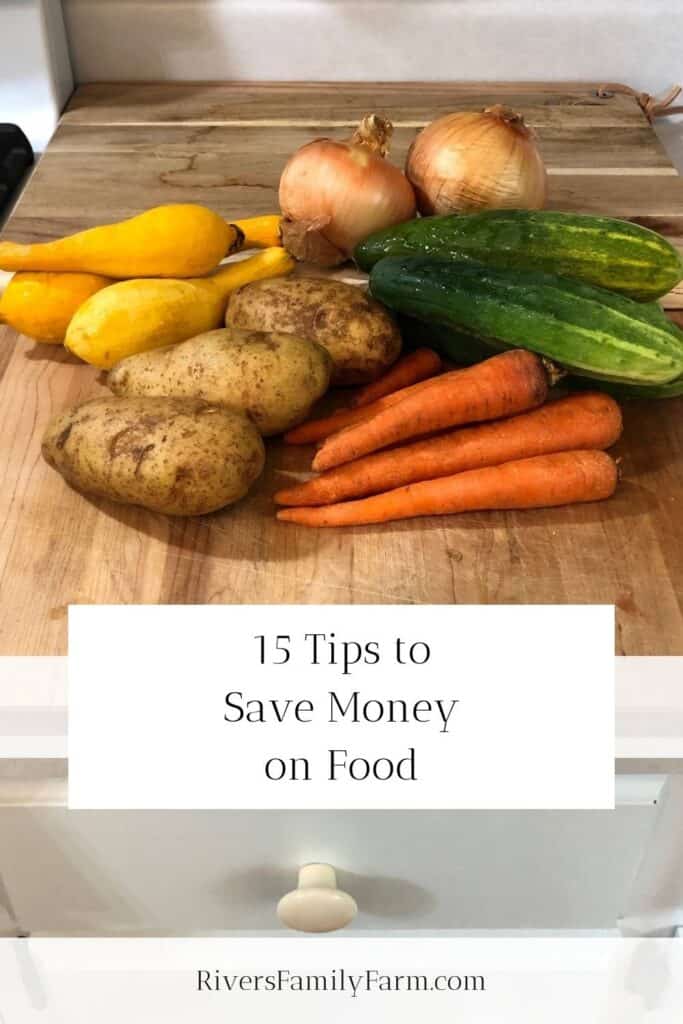
Other Posts You May Enjoy
Best Kitchen Tools Made in America


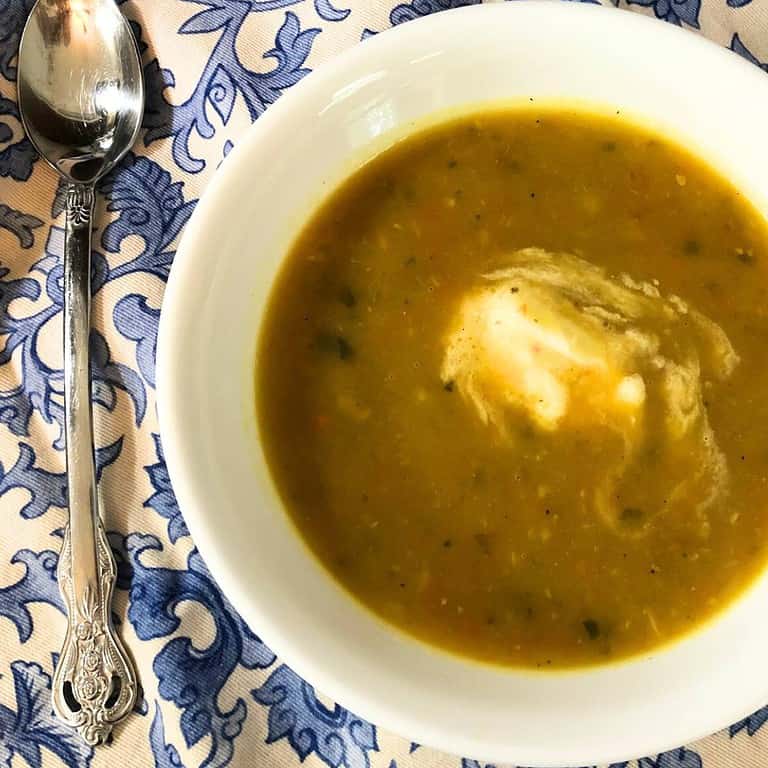
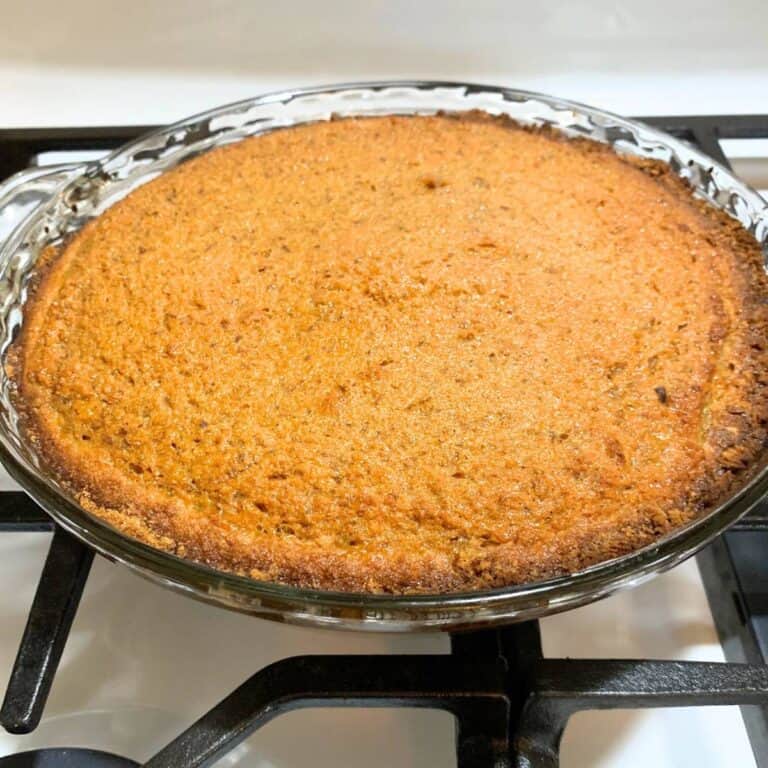
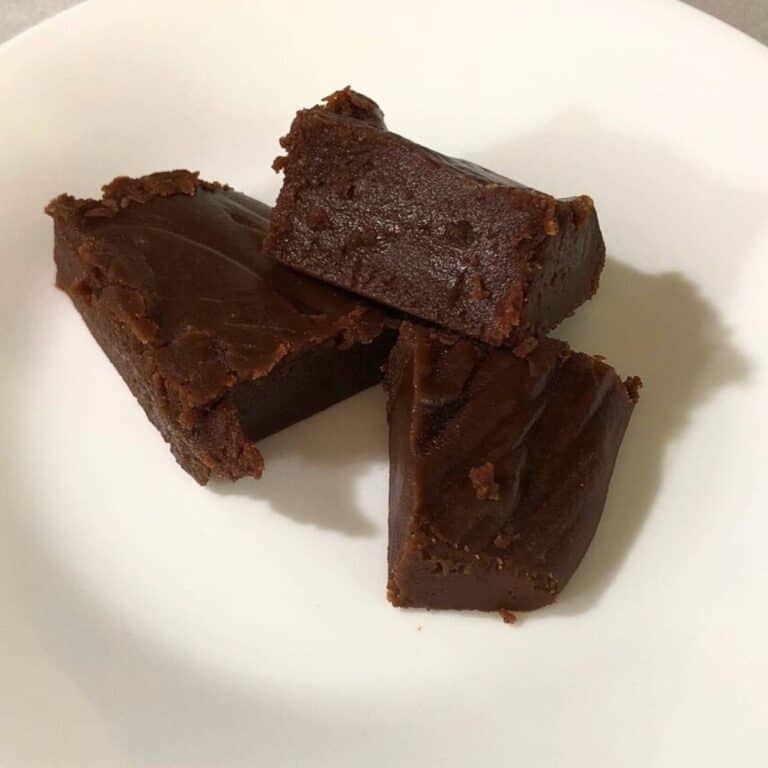
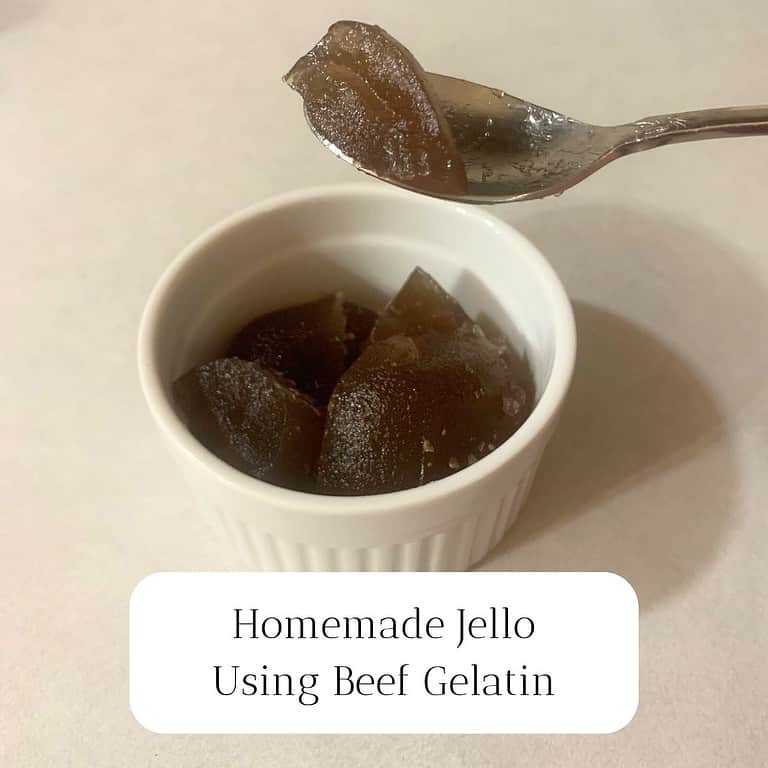
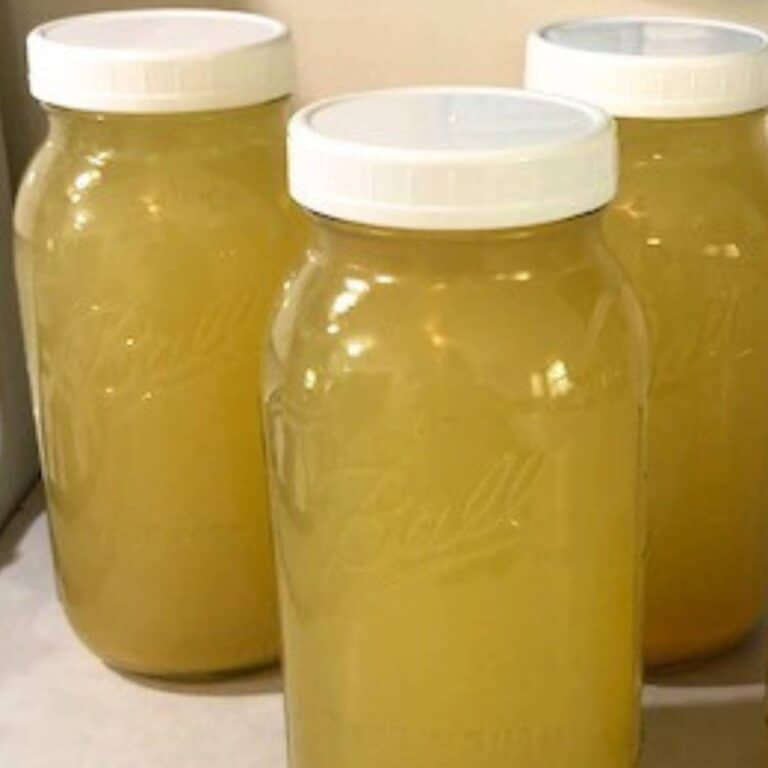
Great tips to live by!
Thanks for the reminder on not letting things go to waste!
Food and economics at the same time? Be still my Scottish heart.
Such great information — I’m actually really interested in this topic as I’ve always been kind of a nut for preparedness. I think it should have been my middle name. Also, I’m a huge fan of buying in bulk!
Wonderful ideas! Great information!
Great tips, thank you for sharing! Sharing this to my Facebook, everyone needs these at a time like this!